Harry Smyth
"I would much prefer, O'Connell, to be killed by a German bullet than one from these fellow"
- Harry Smyth
Harry Smyth was born in 1874 in `Baldock, Herefordshire, England. He served in the British Army before joining the Royal Irish Constabulary in 1899, and was stationed in a variety of posts throughout Ireland before being assigned to Navan, County Meath, as a District Inspector in 1910. Smyth was well-liked by his fellow officers, as well as being greatly respected and popular with the men under his command.
On the 25th of April, 1916, he was ordered to Slane Castle, where the Marchioness was concerned for her safety and became convinced that a rebel force would seek to attack the castle. Appointed second in command to County Inspector Alexander Gray, Smyth took a more hands on role, organising various defence measures. Gray coordinated overall strategy and liaised with the local gentry assembling the motorised unit, while Smyth eagerly supervised the deployment of various RIC posts. He personally led an ambush set up overlooking the bridge at Slane on the night of the 27th of April.
On Friday the 28th of April, the RIC received word from Navan that the 5th 'Fingal' Battalion of Irish Volunteers were attacking the barracks at the Rath Crossroads, near Ashbourne. Smyth was instructed to take the last car in the convoy by Alexander Gray, who chose to lead the advance to Ashbourne. As a result, Gray in the lead car was fatally wounded in the opening shots of second phase of the Battle of Ashbourne as the column halted at the Rath crossroads.
Harry Smyth travelled in a Ford model T provided by Spicers who owned the bakery in Navan, he was driven by Constable Eugene Bratton who was unarmed and they were accompanied by Sargent William O’Connell carrying an RIC Enfield Carbine. Smyth was armed with an RIC Mk IV 1899 Webley .445 calibre revolver, a relatively short ranged weapon with and accurate range of 50 yards and a maximum range up to 300 yards. William O’Connell in his later statement recalled how Smyth had lamented the lack of a rifle to him several times during the battle, none the less Harry Smyth proved to be a brave and effective officer under fire. From the very start of the battle he tried to rally his men and attempted several times to lead a breakout from what he knew to be an ever tightening encirclement. His section of the battlefield was the scene of bitter fighting and Smyth received three minor wounds early in the fighting. In the late afternoon he led a section which clashed with the newly arrived 5th Battalion logistics element commanded by Frank Lawless. In the engagement Smyth surmounted an embankment attempting to shoot lawless and instead shot and killed Volunteer John Crenigan. Smyth in turn was shot by Lawless and fell back into a ditch with a fatal head wound inflicted by an 11.15mm soft nosed M71 Mauser bullet. He did not die immediately and was given first aid but the loss of their remaining officer effectively ended any coordinated action on the part of the RIC and they surrendered shortly after.
Constable Eugene Bratton who drove Smyth to Ashbourne was in civilian clothes on the day of the battle and as a result escaped the encirclement possibly as he was mistaken for a civilian by the Volunteers. Bratton commandeered a bicycle from a house at Kilmoon and cycled to Balrath RIC barracks where he raised the alarm and phoned Navan and Drogheda RIC barracks to get reinforcements. He then cycling back to the Rath crossroads arriving after the fighting had ended and found amid the blood and wreckage on the road Harry Smyth’s silver whistle. Bratton sought permission from Thomas Ashe and then recovered Smyth’s body. He placed it in the same Ford Model T they had arrived in earlier and then drove to the District inspector’s home in Navan. There he handed the body over to Georgina Eveleen Smyth who as a result of the battle of Ashbourne became the widowed mother of four children aged between two and fifteen years. Eugene Bratton was later awarded the Kings Police medal for conspicuous gallantry and received his decoration in London at Buckingham palace in 1917. District Inspector Harry Smyth was buried with full police honours in Ardbraccan cemetery, Navan, County Meath.
- Written by historian Tóla Collier, who features in Fingal's Finest. For more information, please visit the Battle of Ashbourne Centenary Committee webpage.


